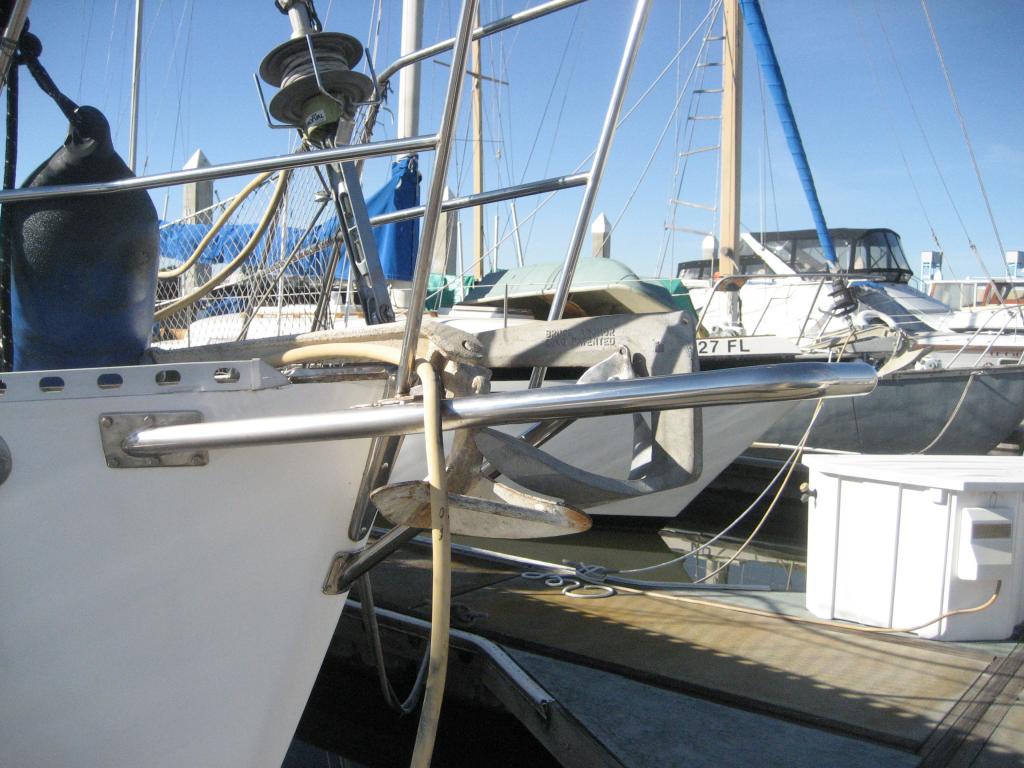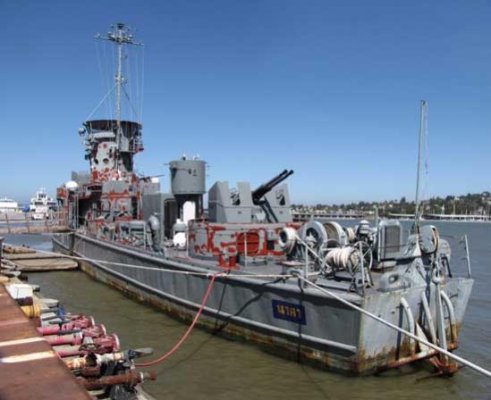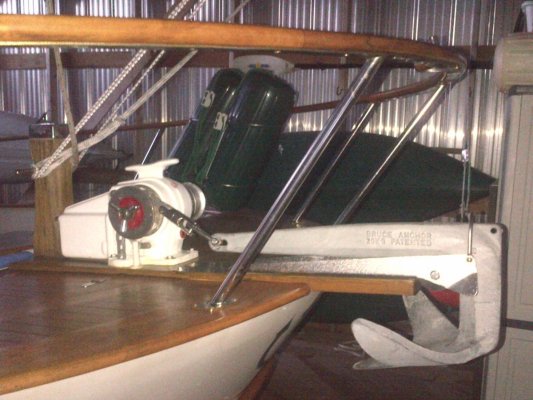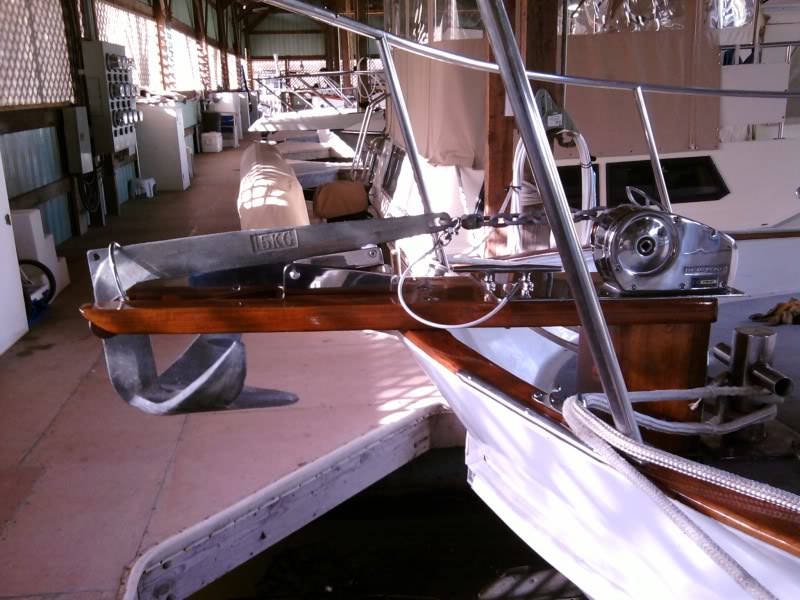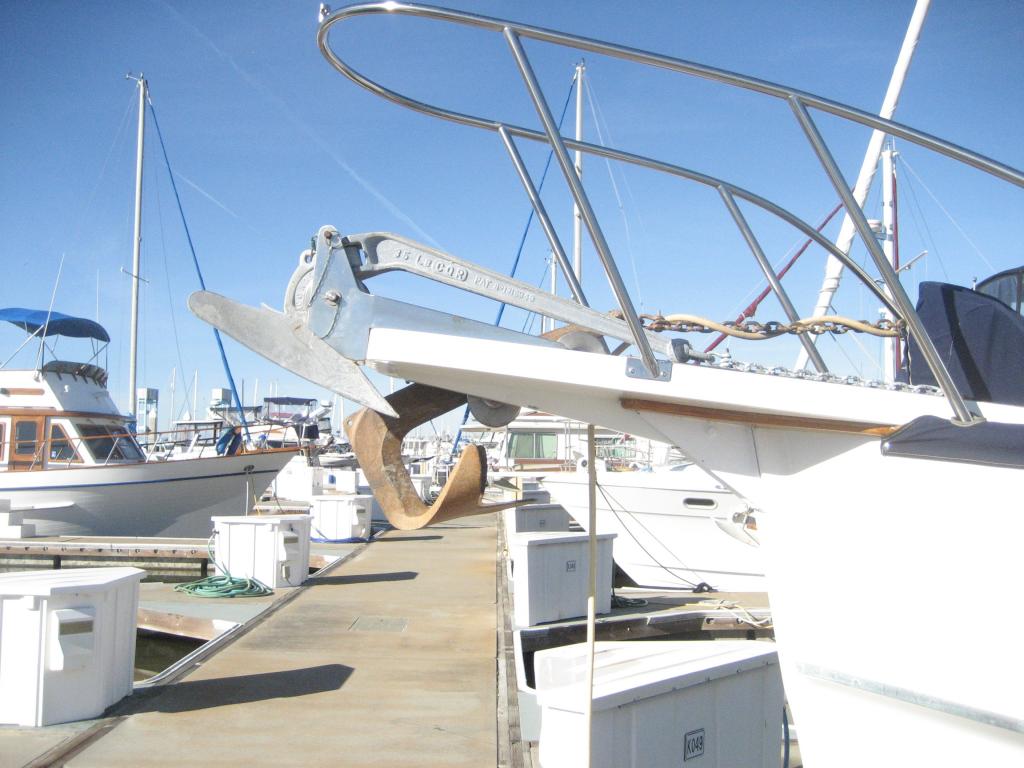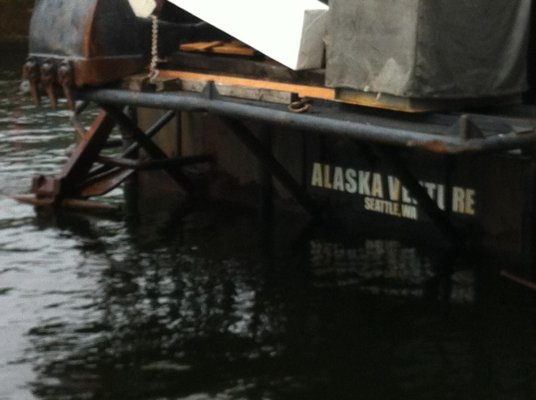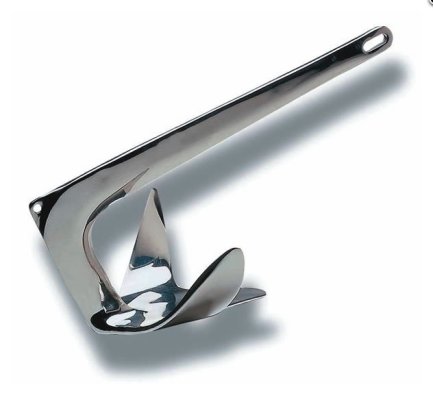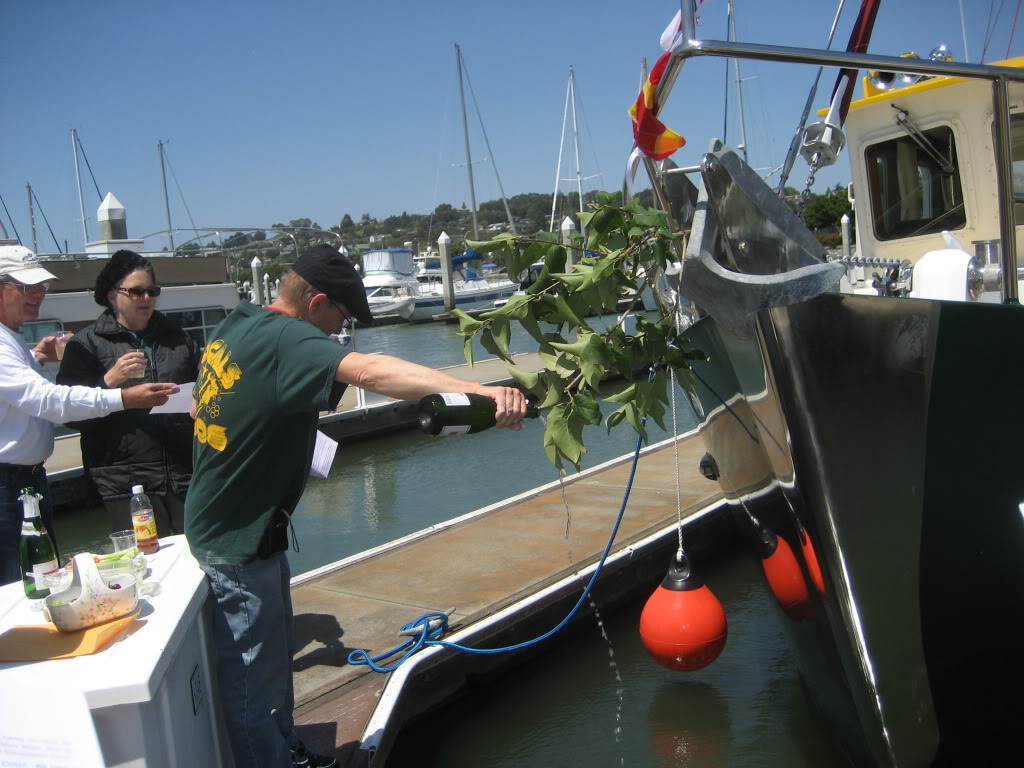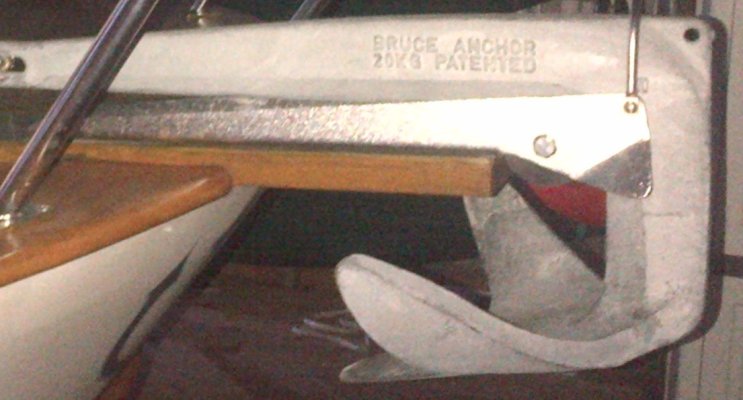Nomad Willy
Guru
As far as I know the Claw anchor was unique in boat anchors until introduced to the boating world in about 1973 by the Bruce brand. I know of no anchor that looked anything like the Bruce before that time. Most all earlier anchors were decedents of the Navy, Danforth or Kedge anchors.
And it's interesting to me that most (at least) anchors after the introduction of the Bruce are related to the Bruce and not the anchors that came before it. The Spade, Delta, Rocna, Shark, SARCA, M Supreme and even the XYZ are all descendants of the Bruce. They all have an arm like shank shaped a bit like a hook attached to a single fluke either convex or concave and they all are designed to set on their sides while being dragged across the bottom. A possible exception to setting on it's side function may be the SARCA. But they all have the arm like shank and pointy arrow shaped fluke. All these anchors are direct descendants of the Bruce yet none have the general appearance of the Bruce. Until I analyzed it I thought of the Bruce as unique.
What this means (as I see it) is that anchor design basically threw out all of the past and embraced the new design and it's descendants henceforth to the present time. There basically are no survivors from the old world anchors. Before the Bruce there were basically Kedges and all the others that were related to the navy types (stockless anchors). Along the way weight was reduced, holding power increased, directly proportional to fluke area and the stock was added for stability.
Then the Bruce entered the scene and nothing has been the same since.
The only anchor that dosn't fit into this scenario is the CQR. I think it would be hard to argue that the Bruce was a descendant of the CQR but it DID have a hook like shank and it DID have a single fluke. Hmmmmmm.
And it's interesting to me that most (at least) anchors after the introduction of the Bruce are related to the Bruce and not the anchors that came before it. The Spade, Delta, Rocna, Shark, SARCA, M Supreme and even the XYZ are all descendants of the Bruce. They all have an arm like shank shaped a bit like a hook attached to a single fluke either convex or concave and they all are designed to set on their sides while being dragged across the bottom. A possible exception to setting on it's side function may be the SARCA. But they all have the arm like shank and pointy arrow shaped fluke. All these anchors are direct descendants of the Bruce yet none have the general appearance of the Bruce. Until I analyzed it I thought of the Bruce as unique.
What this means (as I see it) is that anchor design basically threw out all of the past and embraced the new design and it's descendants henceforth to the present time. There basically are no survivors from the old world anchors. Before the Bruce there were basically Kedges and all the others that were related to the navy types (stockless anchors). Along the way weight was reduced, holding power increased, directly proportional to fluke area and the stock was added for stability.
Then the Bruce entered the scene and nothing has been the same since.
The only anchor that dosn't fit into this scenario is the CQR. I think it would be hard to argue that the Bruce was a descendant of the CQR but it DID have a hook like shank and it DID have a single fluke. Hmmmmmm.
Last edited:


